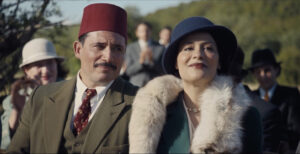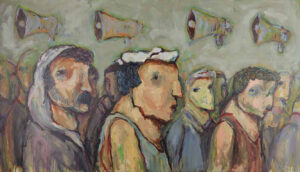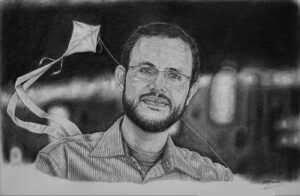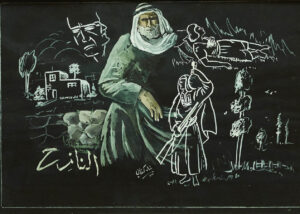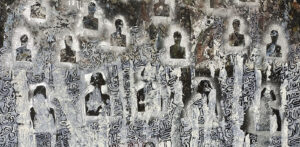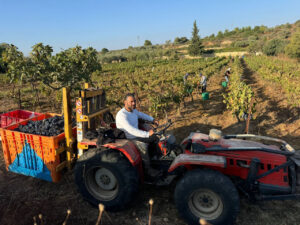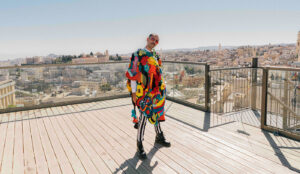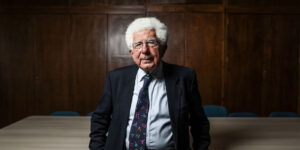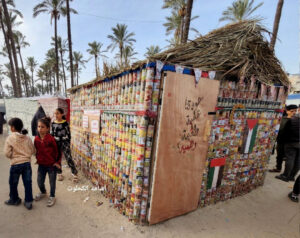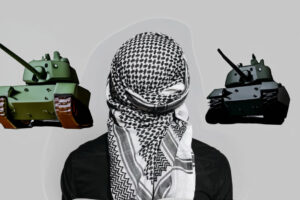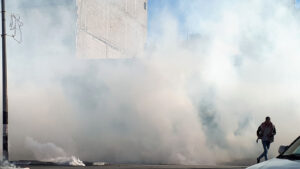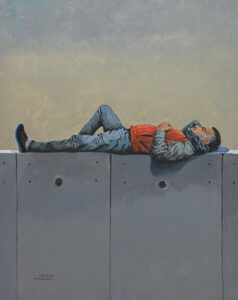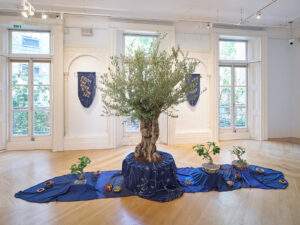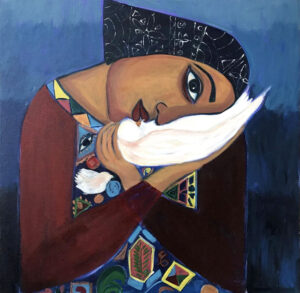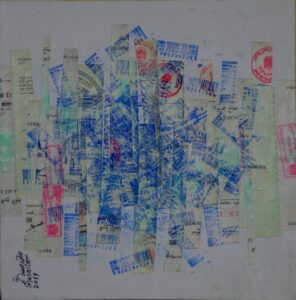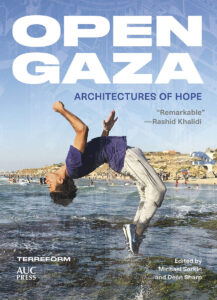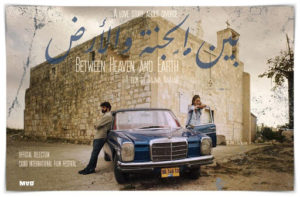At a time when Palestine is still— literally and figuratively — under attack in an ongoing Nakba, with new privations under Israel’s illegal blockade, two new books reissue the writings of the heralded revolutionary, Ghassan Kanafani. Required reading for today, we review the new translations of his selected political writings.
Ghassan Kanafani: Selected Political Writings
Edited by Louis Brehony and Tahrir Hamdi
Pluto Press 2024
ISBN 9780745349374
“Bodies fall, but ideas endure.”
The short but stunning line above has haunted us in heavy rotation the past 17 months. Whether in tributes on social media, on placards at protests, or peppered throughout personal conversations — in lamentation or in awe, or both — one of Palestine’s most memorable martyrs’ immortal words have been used to commemorate everyone from Yahya Sinwar and Refaat al-Areer to Sayyed Hassan Nasrallah, and the now hundreds of Palestinian journalists killed by the relentless Israeli murder machine.
The undeniable fact that ideas linger on and far outlive those who once brought them to life would most presciently, yet inevitably, one day apply to Kanafani himself. While outside of the Arab world, Kanafani was perhaps mostly known for his novellas, Men in the Sun or Return to Haifa, or for his evocative and deeply nostalgic paintings and political posters, or even for his role as a spokesperson for the Marxist revolutionary organization Popular Front for the Liberation of Palestine (PFLP), he was, fundamentally, a voracious reader and a leading political thinker and strategist. A true renaissance man of the resistance, Kanafani has been a crucial compass and incandescent revolutionary to Palestinians — and many other Arabs — from one generation to the next. He lived and breathed the Palestinian cause. As his late wife Anni Kanafani wrote in her 1973 biography, “[he] was always busy … working as if death was just around the corner.”

Unfortunately, for many decades, aside from the critical political themes that starkly shone through and were even the backbone of his fiction, much of Kanafani’s political thought was mainly accessible to those versed in Arabic. In fact, although he enjoys quite the notable reputation in the Arab world, for decades, outside of academia, little attention was paid to his political thought by influential — or rather, more mainstream — luminaries in the realm of international cultural production.
Luckily — and perhaps indicative of the unprecedented times in which we find ourselves — a veritable Kanafani renaissance seems to have occurred. In the past two years alone, in addition to this selection of political writings, two new translations of Kanafani’s non-fiction work have been published: a new translation of his seminal work The Revolution of 1936–1939 in Palestine by Hazem Jamjoum, and the first English translation of On Zionist Literature (Fi al-adab al-sahyuni, 1967). The latter, which ostensibly concerns itself with literary analysis of Zionist works, showcases not only much of Kanafani’s political thought but also his voracious appetite for getting intimately acquainted with the enemy’s mind — an intellectual variation on “keep your friends close but your enemies closer” — to further strengthen his ideas on the necessity and embodiment of perpetual Palestinian resistance, in all its forms. His razor-sharp and meticulous analysis of early Zionist texts reveal their connection to the systematic efforts to eradicate the Palestinian people and the colonization of their land.
In Ghassan Kanafani: Selected Political Writings, edited by Louis Brehony and Tahrir Hamadi, non-Arabic readers can now contemplate the heart of Kanafani’s political thought and unyielding convictions, the subtleties of his strategic prowess and his innate ability to articulate not only the Palestinian struggle for liberation within the framework of global anti-imperialist resistance, but the urgency of what he deemed to be a universal fight against colonialism and other forms of oppression.
This collection cements Kanafani’s position in the pantheon of revolutionary intellectuals, not only as a literary lion — but as a political analyst and freedom fighter whose works remain timeless in their resonance and cutting in their critique.
One could easily argue that this text is fundamental reading for anyone who purports to support the Palestinian cause. Kanafani’s political essays are inseparable from his personal history and the collective trauma of the Palestinian people. Unlike with many other political theorists, his writing is rooted in the lived realities of the dispossessed, making these texts both evocatively empathetic and — especially in the ongoing struggle of the Palestinian people — timeless.
While each of the 16 essays in this collection offer invaluable insight into Kanafani’s mind (all of them feel eerily fresh and relevant today), there are a few that seem most crucial in the context in which we find ourselves, when it comes to the Palestinian cause, and particularly the role of resistance.
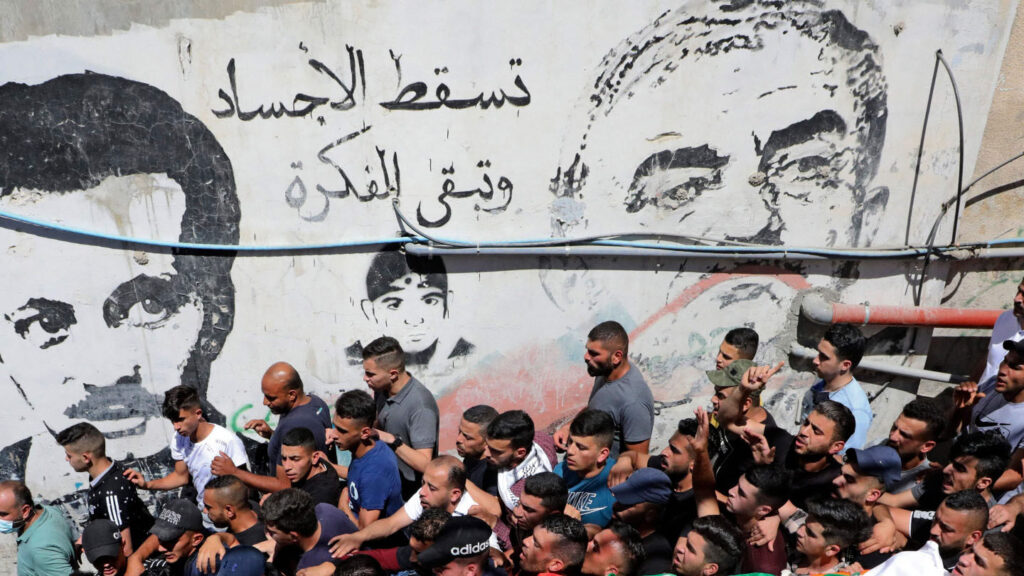
First, in “Resistance is the Essence,” originally published in October 1967 in Al Adab — an avant-garde existentialist Arabic literary print magazine — Kanafani criticizes journalist Ahmad Baha’iddin’s call for a creation of a state in partitioned regions of Palestine, which were then directly under Zionist occupation. As Louis Brehony writes in his introduction to the text, Kanafani rather than off-handedly dismissing Baha’iddin’s recommendations; he “hinted at the now heightened influence of communist-led anti-colonial movements on Palestinian Marxism.” Kanafani’s criticisms of statehood as an end goal in itself — pushed for decades later by the mistrusted and widely reviled Palestinian Authority — in lieu of emphasizing the power of the “fighting people” in the path towards liberation, read as perplexingly prophetic, because that same Palestinian Authority has turned its weapons on its own people in the West Bank, effectively doing Israel’s dirty work for them.
In his conclusion, Kanafani offers “an objective justification” of Baha’iddin’s suggestions by noting that “the Palestinian resistance in the occupied territories is more capable of linking the fate of the West Bank and Gaza than resistance elsewhere.” He insists that there is no doubt that “this resistance, in its later stages, will be more capable of achieving two inseparable aspects of our proposal: the creation of the state with a message, and the creation of a fighting people.” However, the prescient qualities of the “dangerous caveats” he mentions are simultaneously awe-inspiring and almost impossible to stomach when looking at the current context of Palestine:
First, that this state is considered the solution to the Palestinian cause. Second, that it will be an excuse for the international public opinion to liquidate the Palestinian cause, based on the erroneous understanding that the Palestinian cause is a refugee issue. Third, that this State will fail to achieve sufficient international recognition. Fourth, its ability to become, like Pakistan, split down the centre or on the other hand, like West-Germany under the imposition of the Holstein agreement. And fifth, the ability of this state to remain steadfast in the face of Israeli retaliations.
Although most of his criticisms and caveats have ultimately materialized and are still crushingly accurate today, it is his insistence, on the other hand, that “the movement to create a Palestinian state” must inevitably go “hand-in-hand” with the “creation” of “a new Palestinian human.” Remedying, in his eyes, the lamentable fact that the relationship among Palestinians has become one of exile and displacement, rather than a revolutionary one is particularly heartening to read, especially (and perhaps despite of) the current context of a bleeding and broken Palestine. For his fervent wish seems to have, if not completely come true, monumentally gained traction in mainstream popularity: the fact that the Palestinian cause was and still is one that is revolutionary at its core and must thus be led by revolutionary principles and fought, first and foremost, by fighters. Kanafani believed that Palestine would not be liberated by corrupt politicians, nor by empty slogans, nor by vultures capitalizing on its martyrs. It would not be liberated by compromises, and certainly not — as the past 17 months and 78 years have shown us — by counting on the so-called human values of “the international community.”
Palestine can only be liberated physically, by defending and reclaiming the indigenous land that was stolen and sacrilegiously shattered.
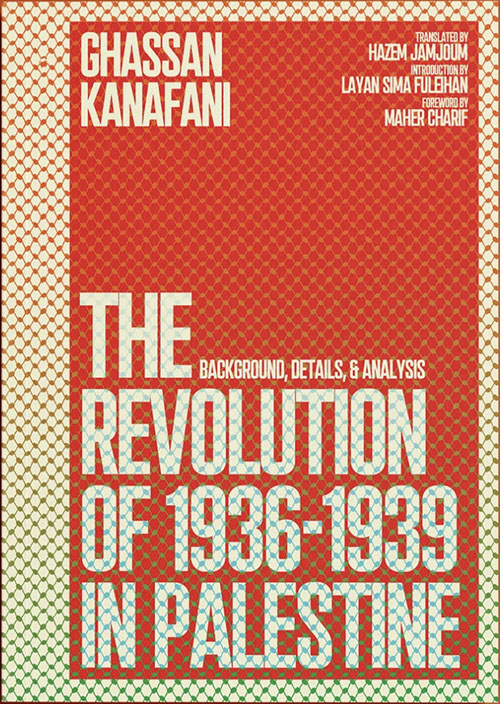
However, one should not confuse Kanafani’s dedication to material resistance with an unwillingness to infuse that very act of resistance with theoretical questions and careful thought. Quite the contrary. “The Resistance and its Challenges: The View of the PFLP,” originally published in 1970 as a pamphlet, emphasizes the crucial interconnectedness between theory and revolutionary praxis. As Max Ajl writes in his introduction to what he calls the “much lesser-known cousin” of the PFLP’s Strategy for the Liberation of Palestine — the zenith of Palestinian theory of national liberation, co-written by Kanafani — “thought and theory were necessary [for him] in order to arm the movement with the necessary course of action to eradicate its enemies.”
In between his musings on Marxism (to what extent and in which form it should be applied to the context of Palestine), a passionate diatribe about the criticisms levied against the PFLP, and lamentations on the role of Arab states, the text also offers a strong summary of how Kanafani imagines the national liberation project of Palestinians and the wider region: “The discourse of the shared historical characteristics and common destiny of the Arab working classes, who share a primary interest in the battle for liberation, and the defeat of their tripartite enemy: Israel, imperialism and reaction.”
Although Kanafani wrote this particular pamphlet almost 60 years ago (all texts collected in this volume were written between 1964 and 1972), its continued relevance to today’s context is indisputable. As Gaza is being annihilated, the West Bank destroyed both from the outside and within, the South of Lebanon being brutally bombed and desecrated on a nearly daily basis (despite a “ceasefire”), with Israel wasting no time in occupying swaths of Syria during the dawn of Syria’s tumultuous reemergence, our common destiny and the defeat of our tripartite enemy is, indeed, essential in the perpetual battle of our Levantine liberation — and beyond.
For anyone who not only cares about Palestinian (and Arab) liberation, but the unsettlingly dystopian state of the world at large — held hostage by three fundamental ills Kanafani thoughtfully dissects: capitalism, imperialism, and fascism — Ghassan Kanafani: Selected Political Writings is not only imperative intellectual nourishment. It is an ode to a true revolutionary.





